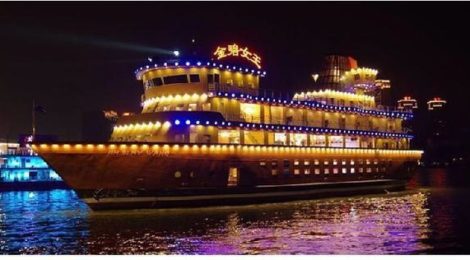
How to escape Chongqing’s traffic jam: its ferryboats
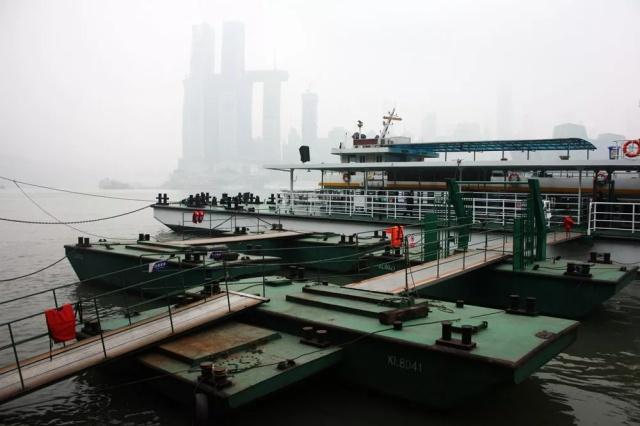
Since the opening of Chaotianmen Raffles City Mall on September 6th, the popularity of this site continued unabated. As this year’s Mid-Autumn festival was celebrated last Friday, October 13th, not long after the opening of the mall, a large number of visitors, including Chongqing locals, rushed to the Raffles City recently, to the point that the traffic management department issued temporary control measures to restrict vehicles entering Yuzhong peninsula and to handle the crowd. This episode made me think of means of transportation that doesn’t suffer from traffic jam and unique of Chongqing: the ferryboats.
The ferryboat, also called “boat crossing the river” by the old Chongqing people, was once the only way for Chongqing people to cross the two rivers crossing the city, the Yangtze and Jialing. As mentioned in our 15th issue of Chongqing Stories: Chongqing: The “Bridge Capital of China”, The first cross-river bridge in the main urban area – the Niujiaotuo Jialing River Bridge – was completed and opened to the public in 1966. Before that, people could only rely on boats to travel between two rivers.
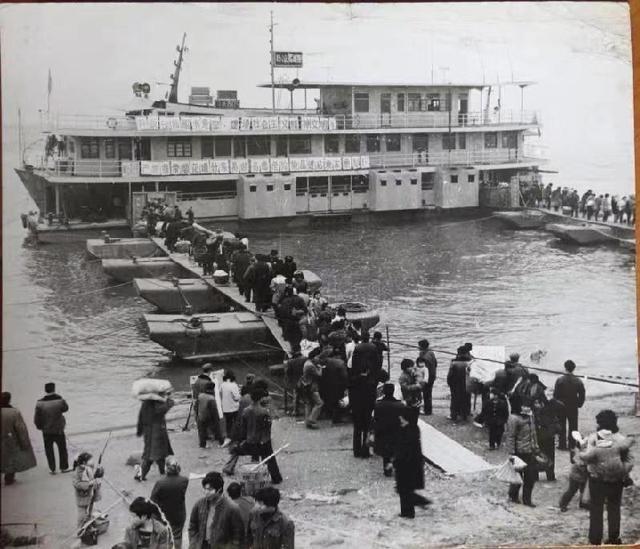
In 1938, Chongqing became the temporary capital of China and the first official ferry route from Chuqimen in Yuzhong district to Haitangxi in Nan’an district was inaugurated the same year. A very popular song of that time goes: “a temporary capital was established; rivers flow around the Mountain City; ferryboat came up at the right time, serving all the people day and night,” proving the irreplaceable role of ferries in Chongqing in those years.
Later, Chongqing suffered from years of bombing by the Japanese army. In that period, the ferry represented the “lifeline” for Chongqing people to escape the bombing and seek refuge in Nanshan mountain, as well as the main way to move war supplies. After the founding of the People’s Republic of China, the ferries were still the common mode of public transport for Chongqing people’s daily movements. As most of the factories were located along the river, taking the ferryboat to work became a daily routine for the majority of Chongqing’s workers. Later on, with the booming of the Chaotianmen commodity market, Chaotianmen wharf was upgraded to be the centre connecting all the ferry routes. With Chaotianmen as the starting point, up to 19 routes were opened at its peak time, connecting almost the whole main urban area; the operating time was very long, starting from 5:00 in the morning to 10:00 in the night, with an average waiting time as short as 10 minutes, and over 100.000 rides per day. During rush hours, more than a hundred people could be squeezed in one boat going from Chaotianmen to Danzishi, just like today’s metro Line 3 at peak hours.
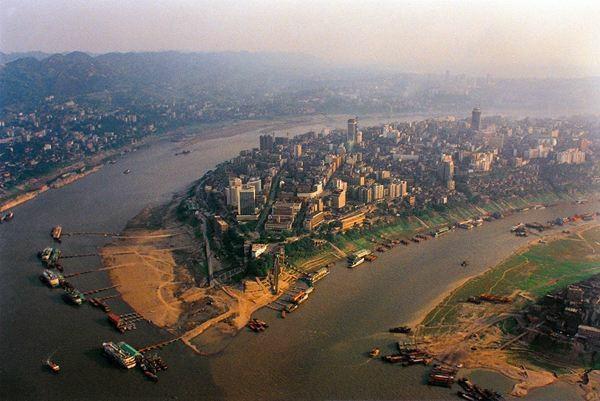
However, with the passing of time, land transportation in Chongqing expanded in a dramatic way, thus fewer and fewer people chose to use the ferryboats. As a consequence, the number of routes was gradually reduced, and nowadays only the route connecting Chaotianmen with Foreigners’ Street is still running. In recent years, night tours on the Yangtze and Jialing rivers have been vigorously promoted to visitors. The “two rivers” cruises have provided tourists coming to Chongqing with a new angle – from two rivers – to enjoy the beauty of the Mountain City’s night view.
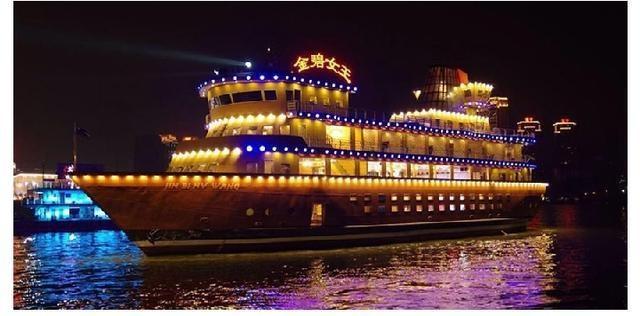
At the beginning of this year, in order to meet the travel needs of citizens and create a new tourism growth point, the Chongqing Passenger Ship company, not only reintroduced the most classic ferry route: Chaotianmen- Danzishi, but also opened the sightseeing ferry route from Chaotianmen to Dazhulin, which further facilitate the tourism in Chongqing. Ferryboats, which once served only as a traditional means of transport, have gained new lustre in the modern city.
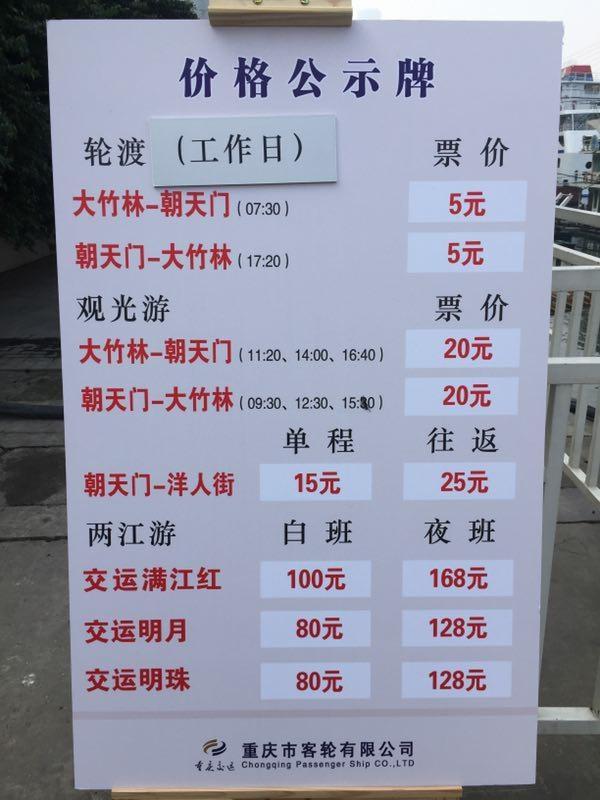
Dear readers, in the upcoming Chongqing Stories, we will continue to explore Chongqing from multiple perspectives. For any topic you’re interested in, please contact us: yangxin-zhang@qq.com,mo_surong@163.com。Thank you.




